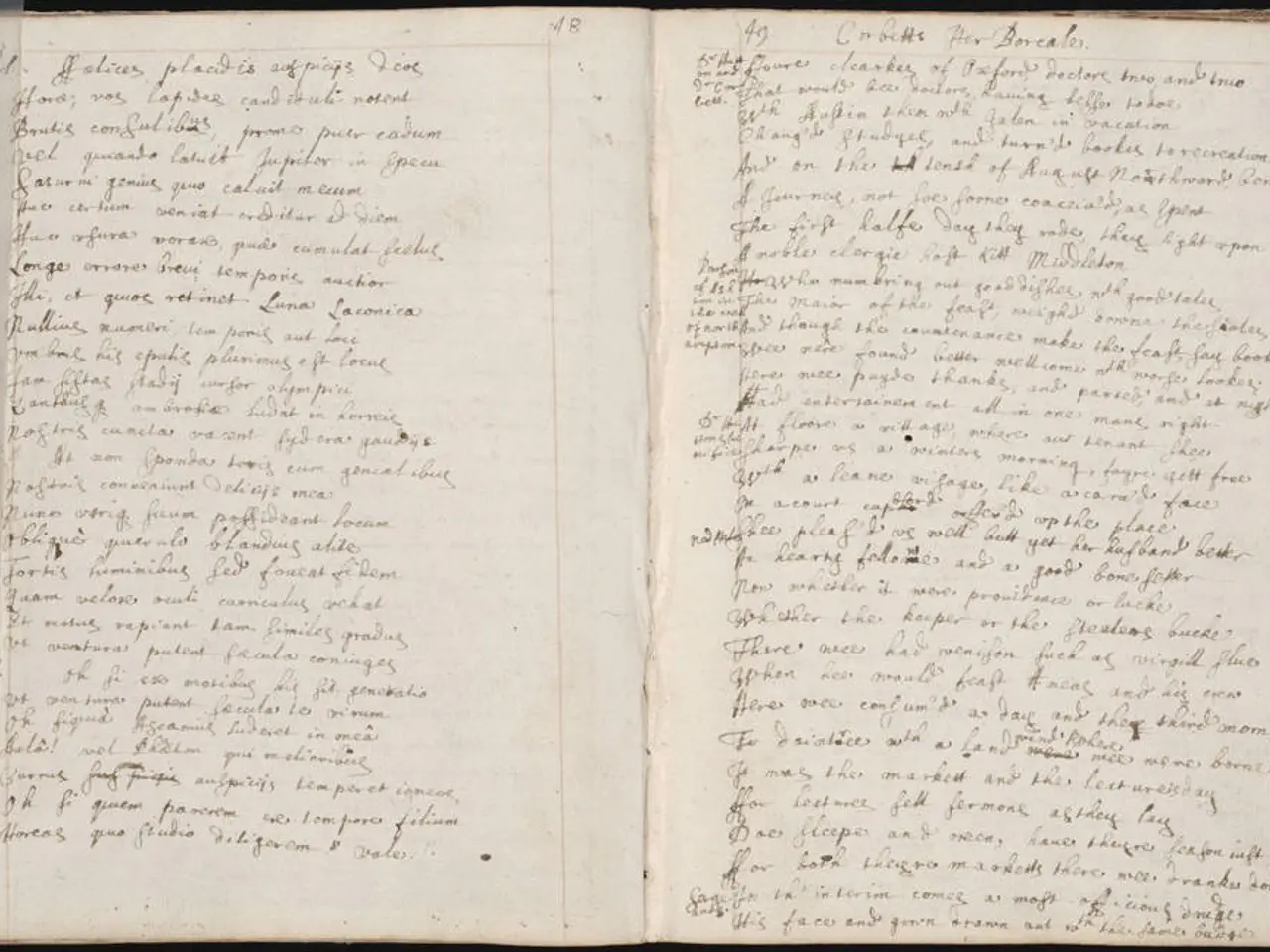Mute Your Inner Judge: A Comprehensive Guide for Writers
In the world of writing, one of the most common obstacles that authors face is the inner critic - that voice in our heads that whispers doubts and insecurities, casting a shadow over our creativity. However, a growing body of psychological techniques and neuroscience insights suggest that this voice can be managed and even silenced, paving the way for a more productive and confident writing process.
One approach to silencing the inner critic is to name it. By giving it a nickname, such as "Negative Nancy" or "Doubtful Dave," we create emotional distance, making it easier to challenge its negative messages. This practice, along with tracking critical thoughts systematically, increases awareness and helps build immediate, constructive responses to self-criticism.
Another strategy is to gather evidence against the critic's claims. By questioning the accuracy of extreme or assumed thoughts and asking ourselves what advice we'd offer a friend, we can challenge the inner critic's power. Most negative self-talk lacks solid proof, and by recognizing this, we can begin to weaken its grip.
Strengthening our "inner leader" or inner coach - a wise, compassionate, and clear voice that reflects our values and experience - is also crucial. This voice provides balanced, supportive guidance that can counterbalance the critic. Engaging in journaling and mindfulness can further reduce the critic's power over us, as these practices help us observe our thoughts non-judgmentally.
Practicing consistent self-compassion exercises and positive self-talk can also help transform our internal narrative from hostile to supportive. By gradually weakening the critic and building resilience, we can foster a more positive and productive writing environment.
Creating a distraction-free writing environment and setting a timer for writing sessions can also help minimize the inner critic's voice. Writing fast, without judging or editing, can help silence the inner critic and allow words to flow onto the page. Reframing the inner critic's criticism into something more helpful can be more effective than arguing with it.
It's important to remember that every writer struggles with the inner critic, even bestselling authors. What matters most is learning how to keep writing in spite of it. Separating drafting from revision can help honor both parts of the writing process, without letting one sabotage the other. The inner critic is especially prevalent in writers because writing is a deeply personal act.
In conclusion, the inner critic is not an insurmountable obstacle but rather a voice that can be managed and silenced through mindful practice, self-awareness, and intentionality. By recognizing the inner critic as one voice among others, critically examining its messages, and empowering our inner coach to lead, we can transform self-judgment into self-support, fostering creativity and confidence in our writing process.
- Engaging in journaling and mindfulness can help us observe our thoughts non-judgmentally, which in turn can reduce the power of the inner critic.
- Another strategy is to refocus our attention by creating a distraction-free writing environment and setting a timer for writing sessions, allowing us to write without being engulfed by the inner critic's voice.
- By separating drafting from revision and honoring both parts of the writing process, we can avoid letting the inner critic sabotage one stage of the process while fostering productivity.
- In the realm of health-and-wellness, mental-health, education-and-self-development, and personal-growth, the science of psychology and neuroscience provides techniques to manage the inner critic, ultimately enhancing productivity and confidence in our writing process.




